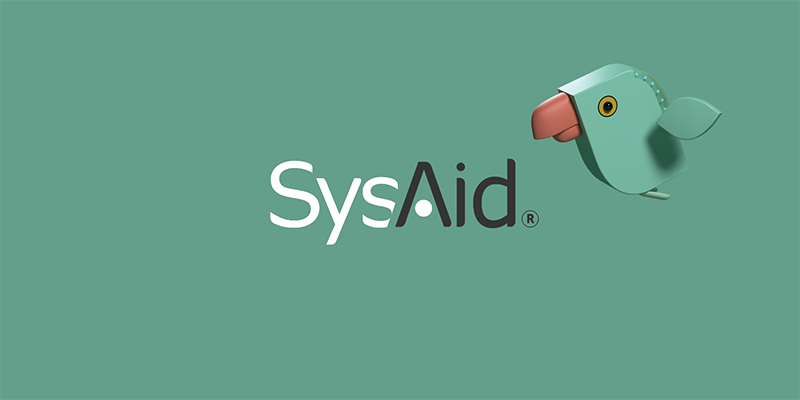People, Process, and Technology – 3 Things or 1?

For as long as ITIL has been around (26 years) and longer, it’s told us that Service Management needs a triple focus. People, Process, and Technology all must be addressed if services are to be delivered and supported as well as they should be.
It sounds simple enough, yet it can be hard for people in IT to see past the technology sometimes. After all, most guys joined the IT profession to play with technology toys.So they get understandably disappointed when told to look at other aspects.
The Three-Legged Stool
 It doesn’t work having a great process without people who can deliver it, and it’s not good having the best of all possible software tools if you don’t have good processes to support it. It’s like a stool with two perfect legs – it can’t do the job it’s supposed to do. In the picture you can see the three legs do their jobs separately. Of course they have to be built to a common specification, at least be the same length, otherwise you will get a lopsided stool and fall off. For service management, considerably more integration is needed: each of the proverbial legs (process, people, and technology) needs to be built with the others in mind to deliver the best solution for a particular environment.
It doesn’t work having a great process without people who can deliver it, and it’s not good having the best of all possible software tools if you don’t have good processes to support it. It’s like a stool with two perfect legs – it can’t do the job it’s supposed to do. In the picture you can see the three legs do their jobs separately. Of course they have to be built to a common specification, at least be the same length, otherwise you will get a lopsided stool and fall off. For service management, considerably more integration is needed: each of the proverbial legs (process, people, and technology) needs to be built with the others in mind to deliver the best solution for a particular environment.
Integrated Build, Maintenance, and Improvement
For example, designing processes needs to take into account the people who will be required to operate these processes. If you build a theoretically perfect process that requires a skill, physical ability, or degree of experience that your staff doesn’t have, then it will be as relevant and helpful as a two-legged stool. So, knowing staff availability and skill needs to affect the process design. Similarly, knowledge of the processes (which staff will be required to follow) should be a relevant influence on recruitment and training of these staff members.
This isn’t just related to IT service management (ITSM) of course. Look at professional sports, for example, which is littered with cases of managers who develop excellent processes (tactics, formation, style of play, etc.) that should sweep them to victory, but they don’t, because the processes fail to factor in the skills and abilities of the specific players on the team. And just as many times, teams will fail when skilled players do not perform because the style of play imposed on them doesn’t match their skills. The best teams are where the approach and the skills are in harmony, and that only comes from a holistic view, building with what will be available and not in isolation.
The same idea can be applied to technology. Tools need to support the processes required, that’s how it’s taught in the ITIL® Foundation courses. But in real life, the availability of a tool and its capabilities will affect which processes are possible. An organization’s choice of ITSM tool is often heavily influenced by whether the staff who will use it will ‘like it’ or ‘feel comfortable’ with it. This is the sensible approach; not pandering to staff’s whims but integrating the threefold approach to ITSM, making sure the technology and the people and the process are built – and can then continue to develop – together.
Building the Legs to Work Together
The pragmatic lessons of this are really quite simple. Work on process, people, and technology as a combined and interconnected ongoing effort. Allow each to influence the other. Technology will open up new process possibilities, improved processes will reveal technology requirements, and it will possibly also change skills requirements in people. New skills coming into the workforce, as with the Millennial’s familiarity and comfort with smart technology and social media, will influence what are the most relevant tools, and the processes for using them.
Encourage – and be encouraged by – the broad perspective.
Perhaps it is worth looking at your attitude to the three elements we’re discussing (people, process, and technology), and checking on how you can integrate them better. Maybe ask some questions like:
- Do your suppliers see their product(s) as essential parts of an integrated whole, or as a magic bullet that can work in isolation?
- When designing and documenting processes, do you consider and also document skills and experience that will be necessary to perform them?
- Do your process designers know the capabilities of your technology, and treat them as design constraints?
This is a good place to start. I’ll follow up, in another blog, with some direct tips to help you further.
Did you find this interesting?Share it with others:
Did you find this interesting? Share it with others:









